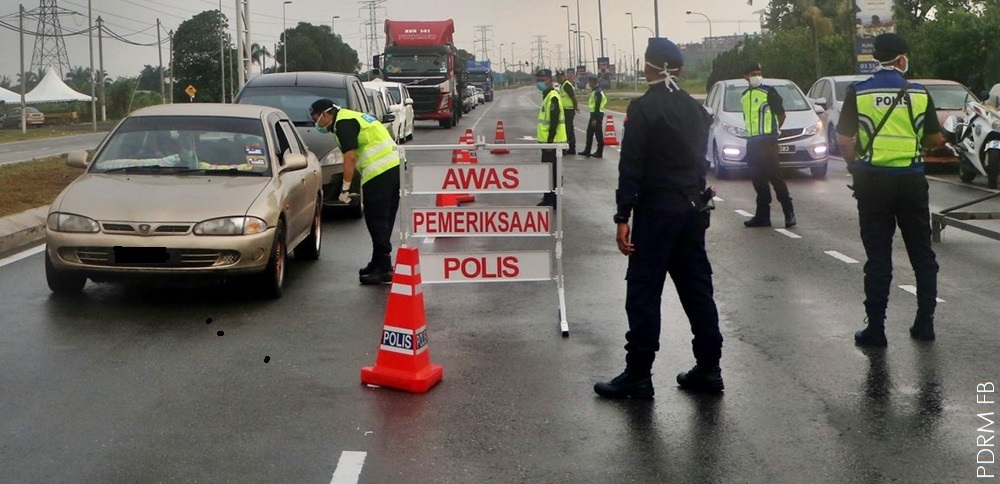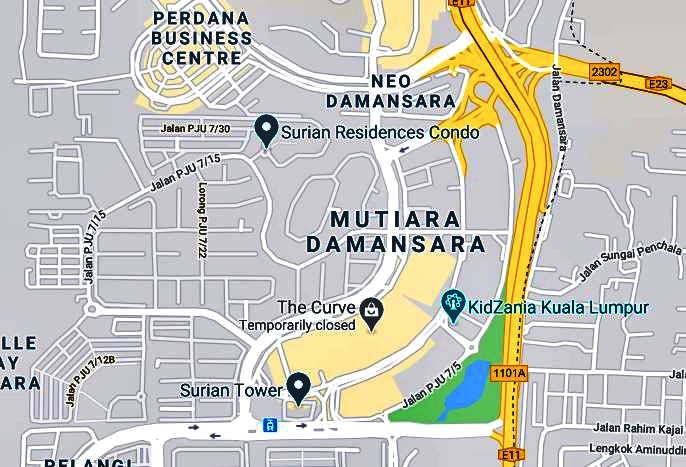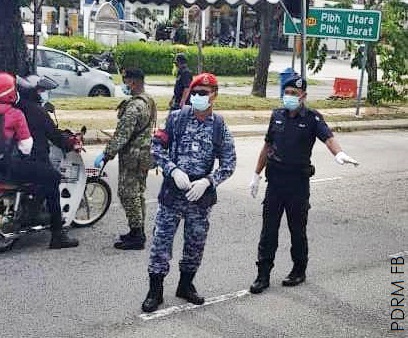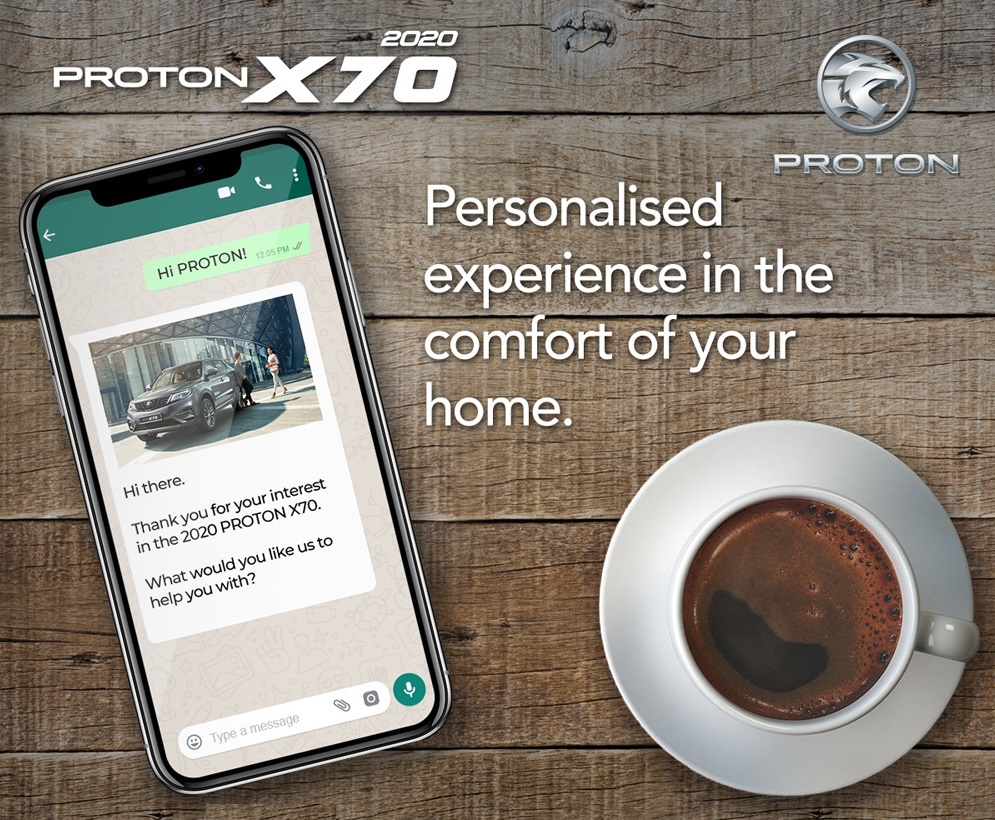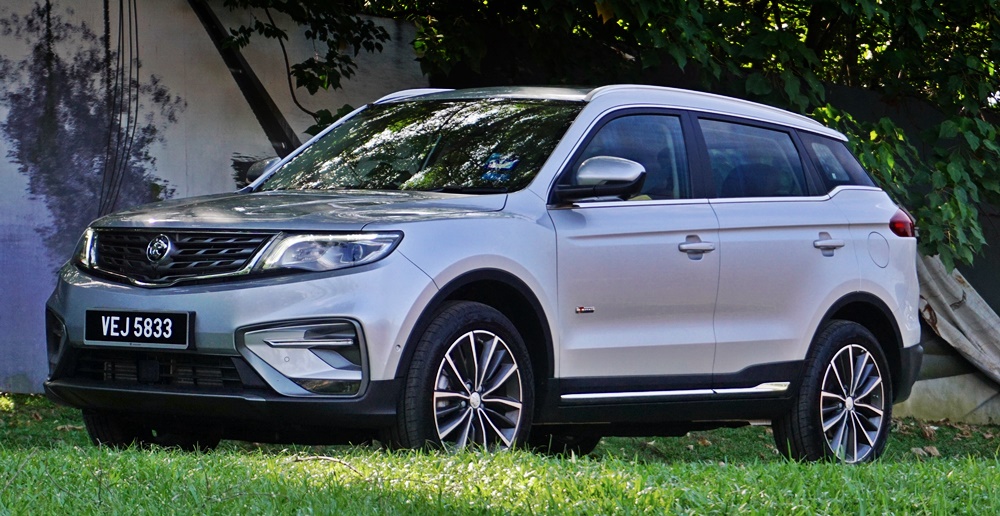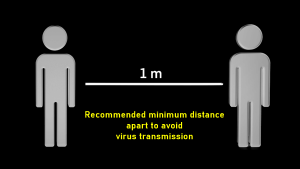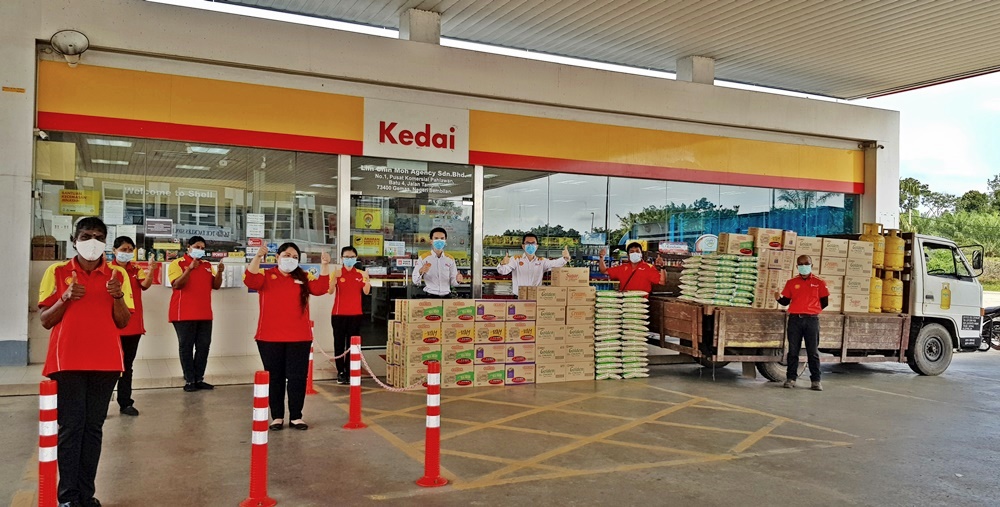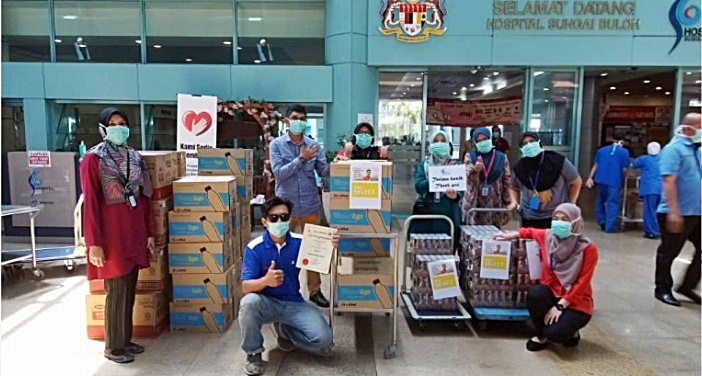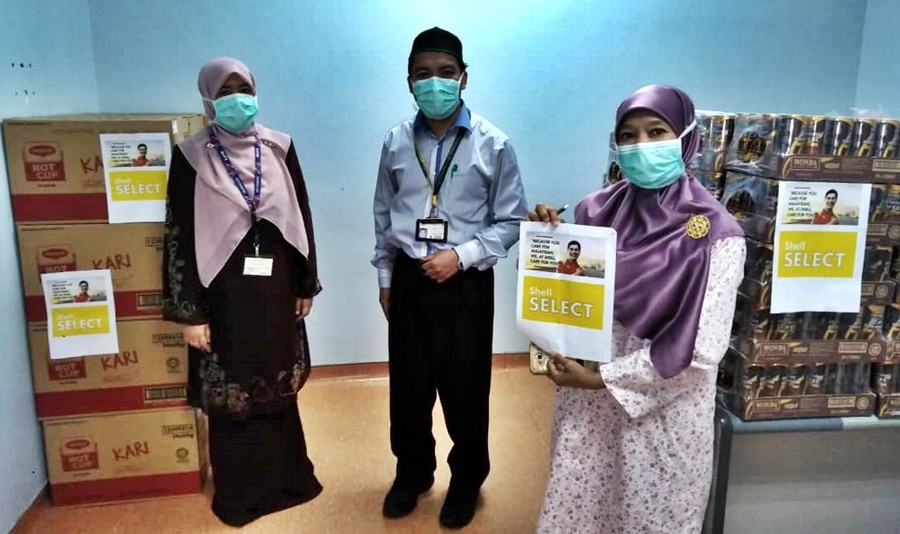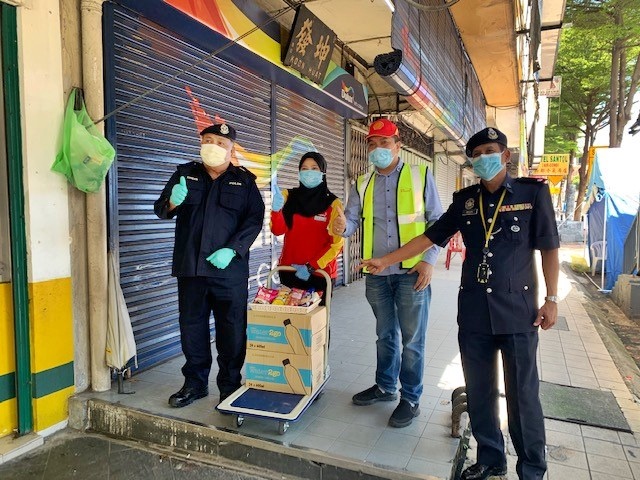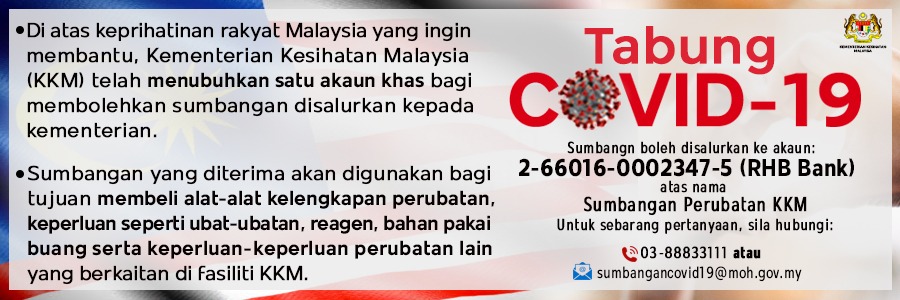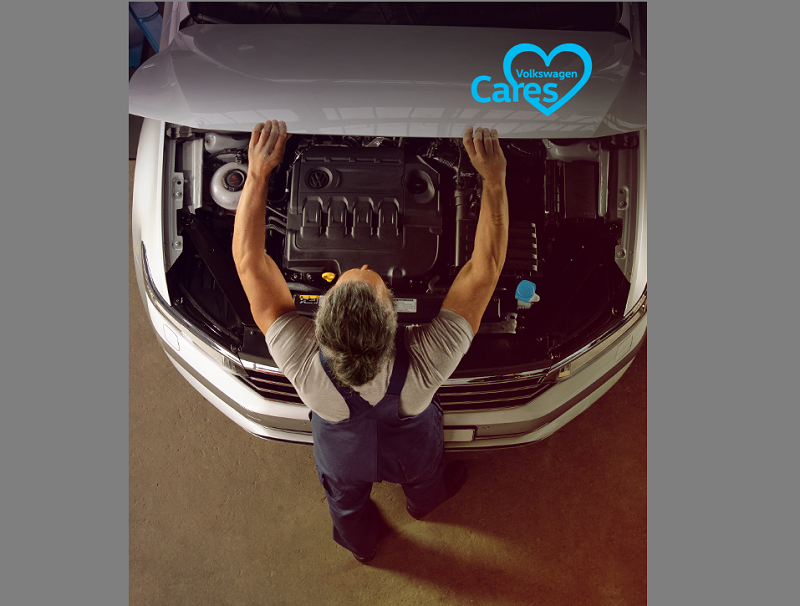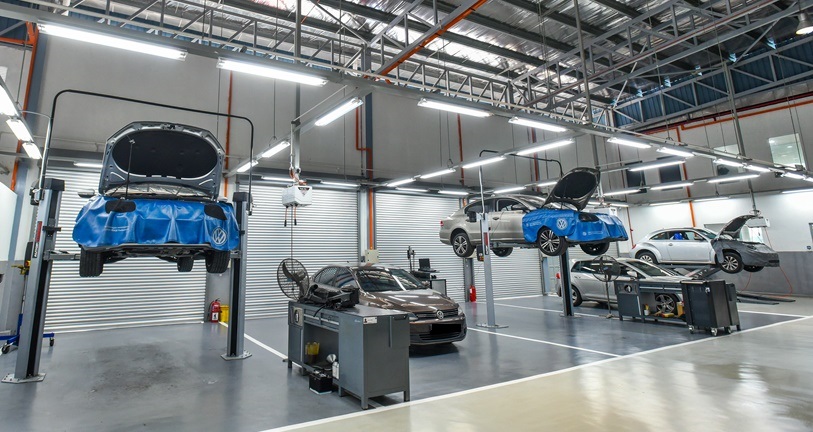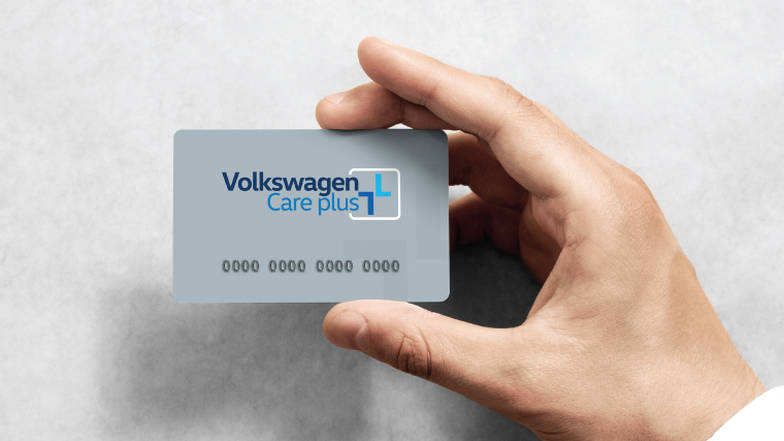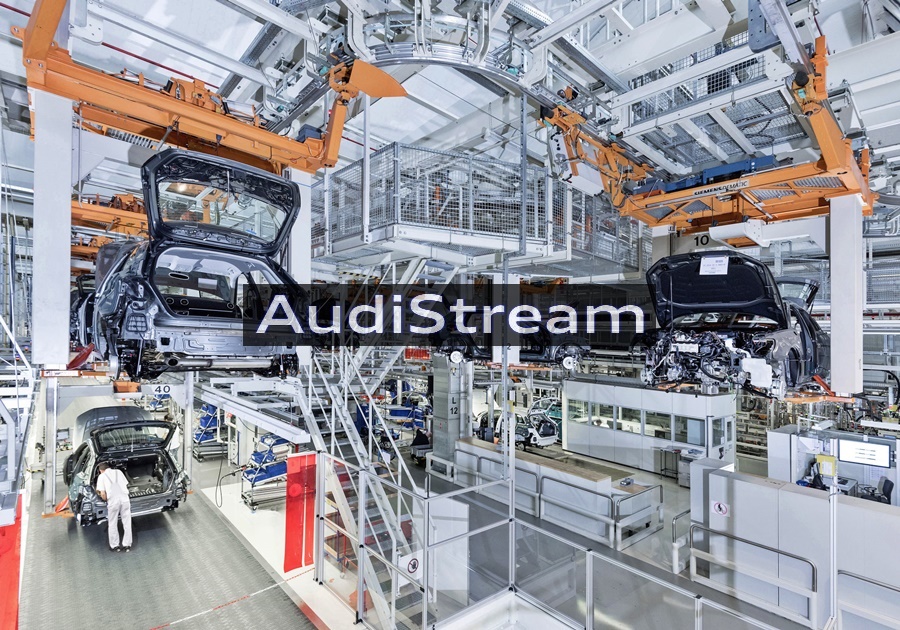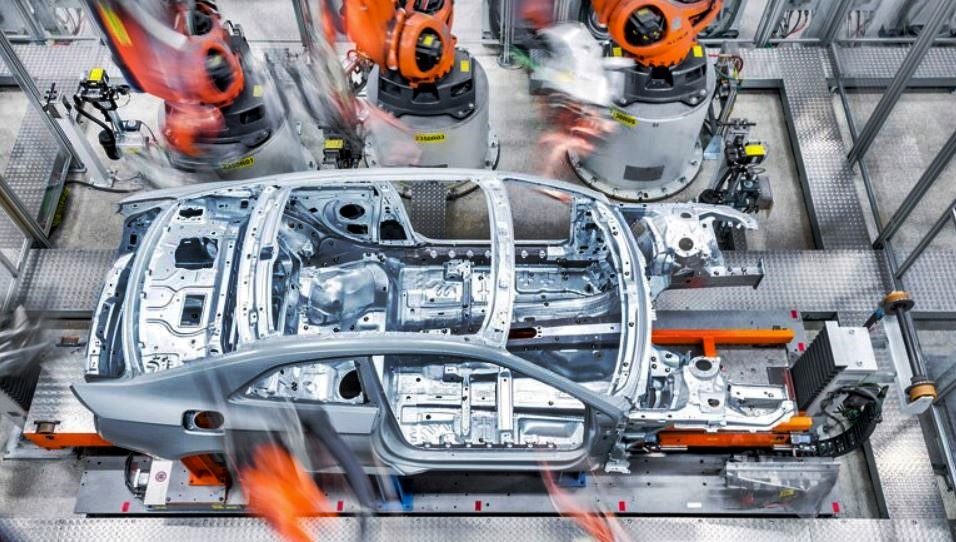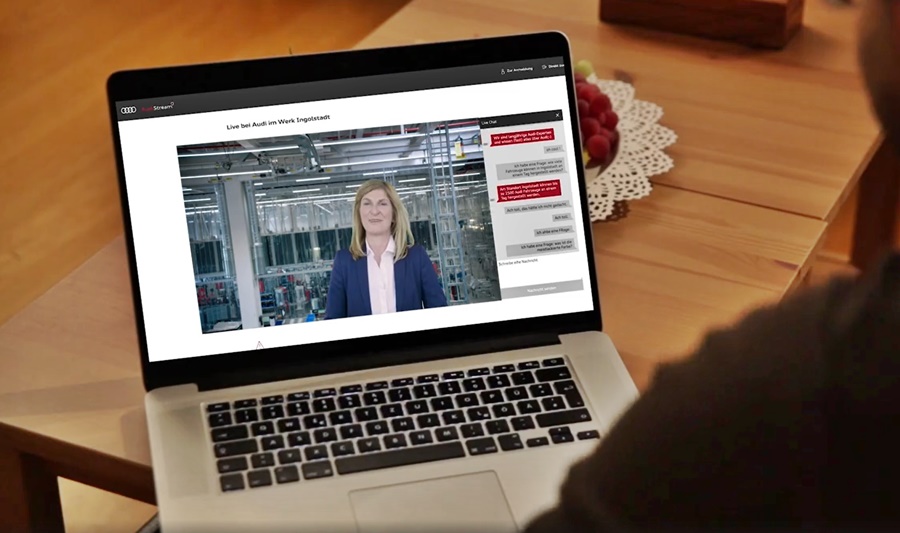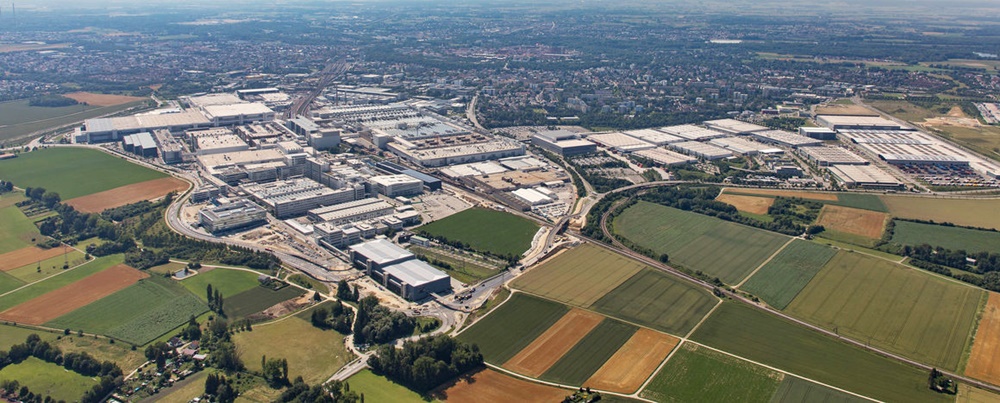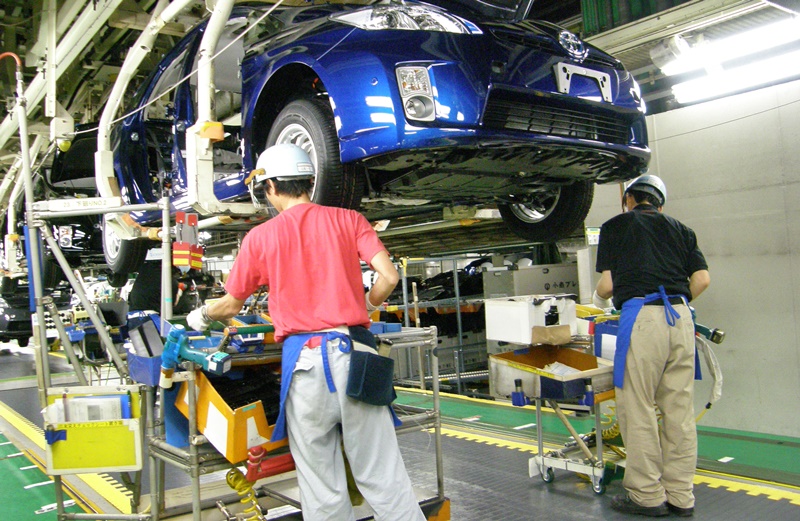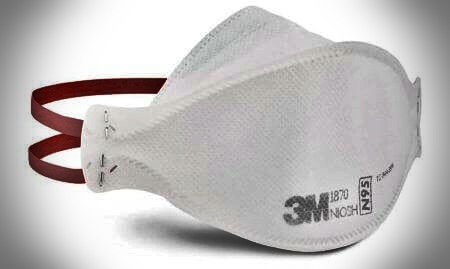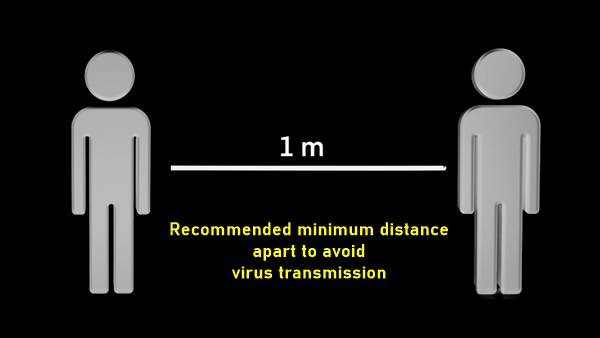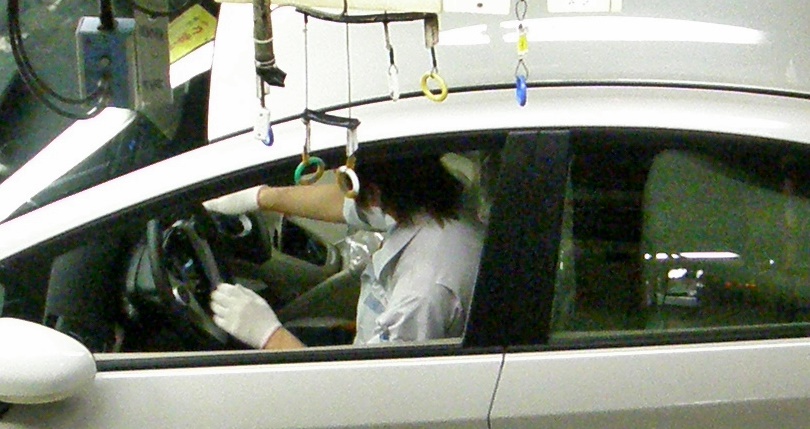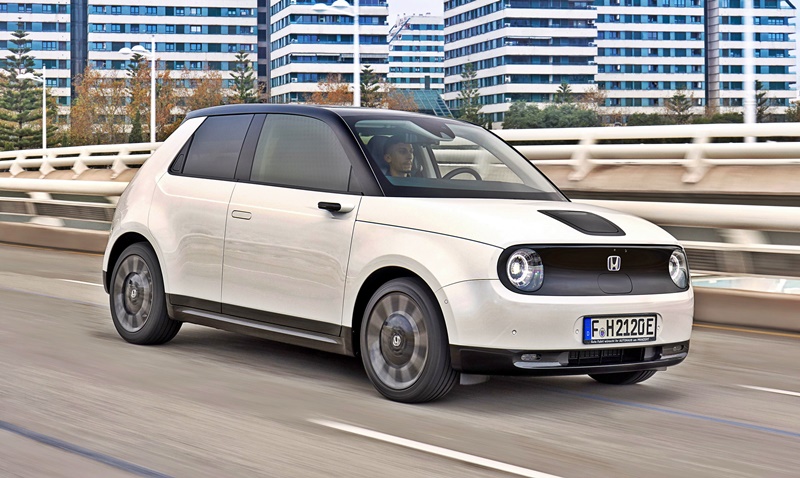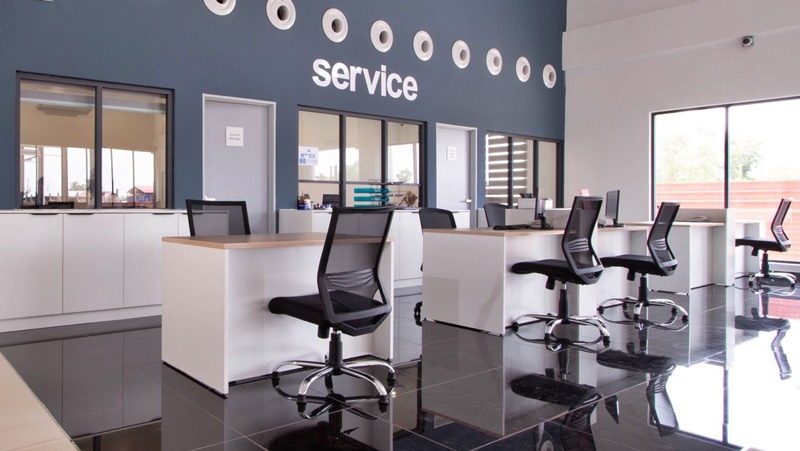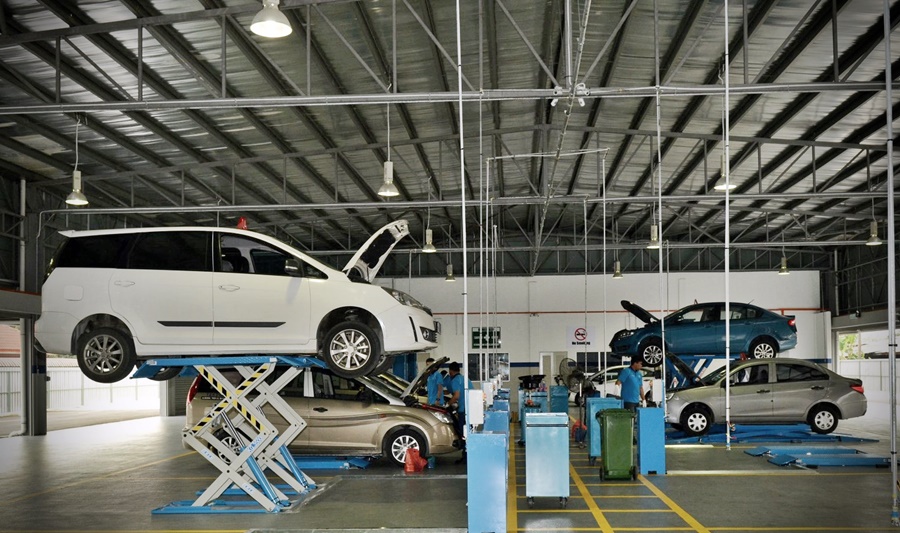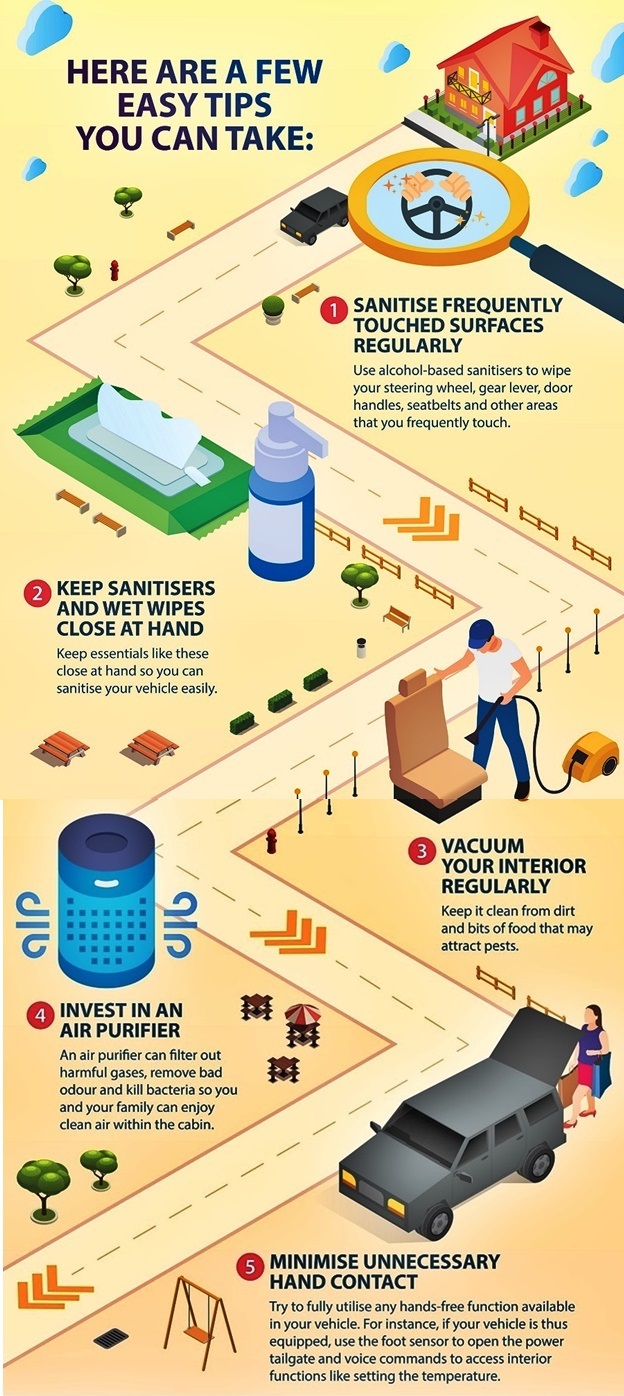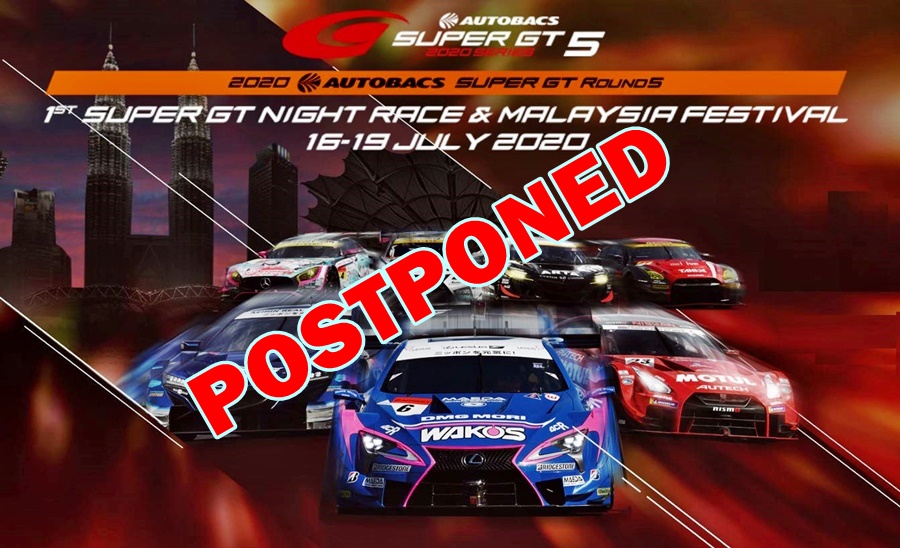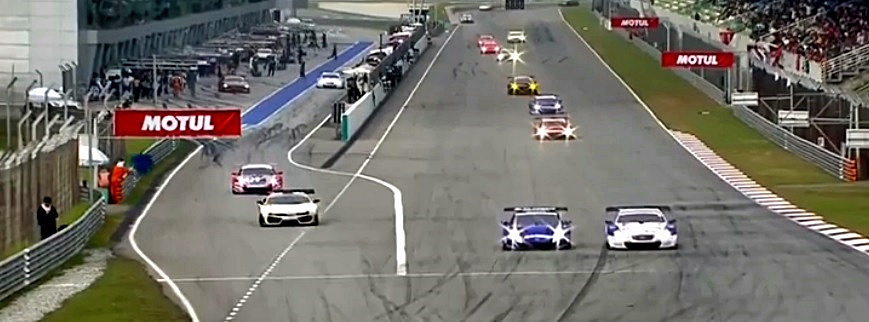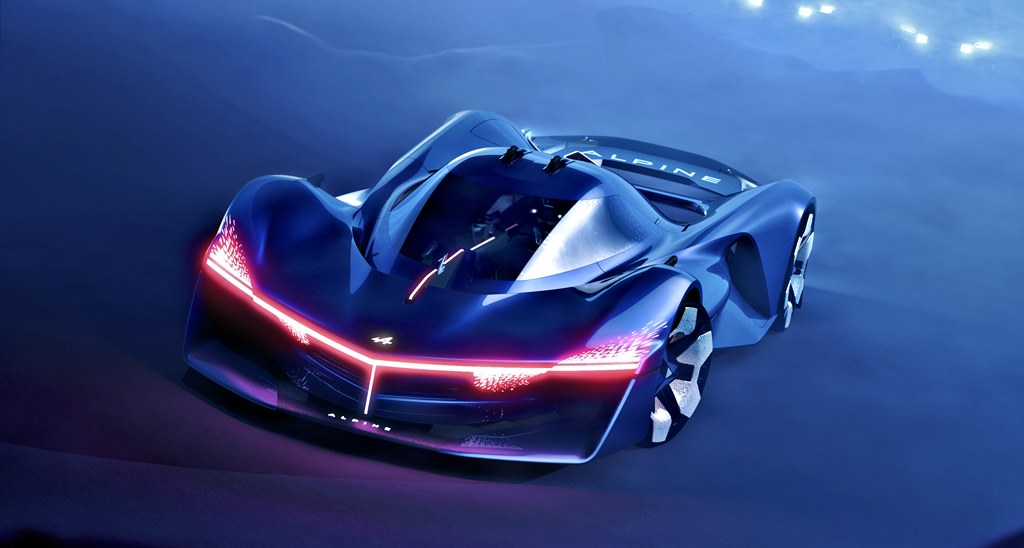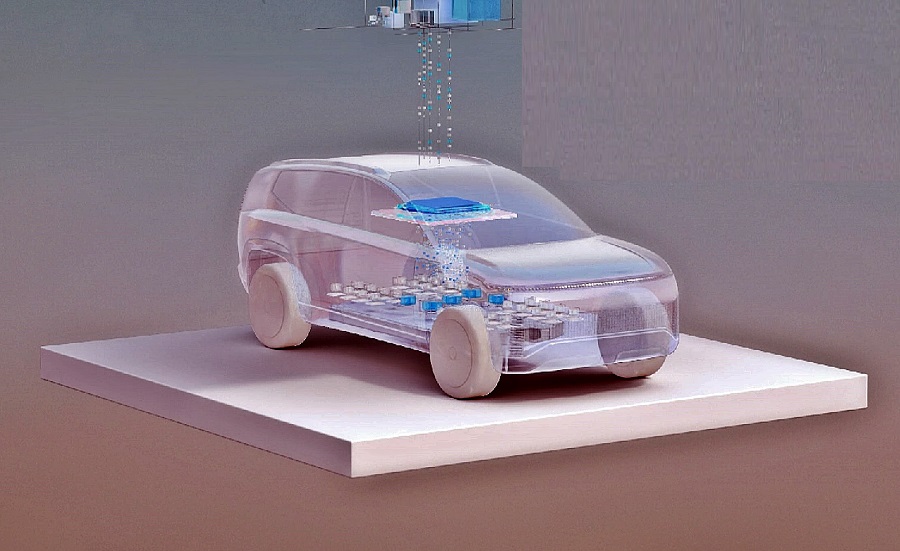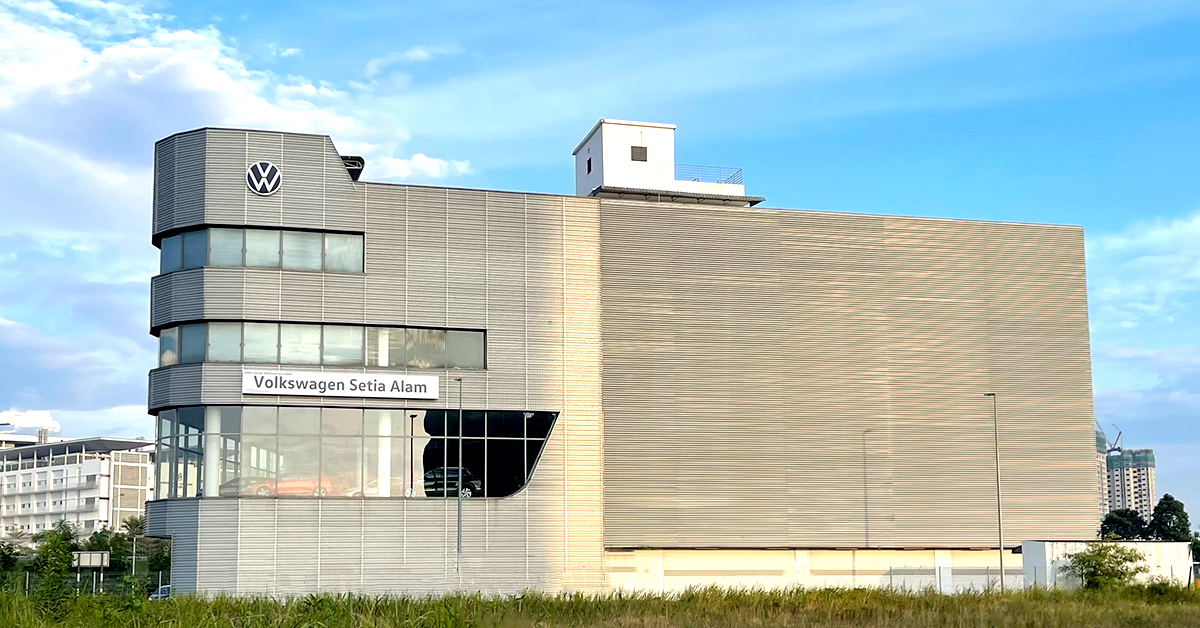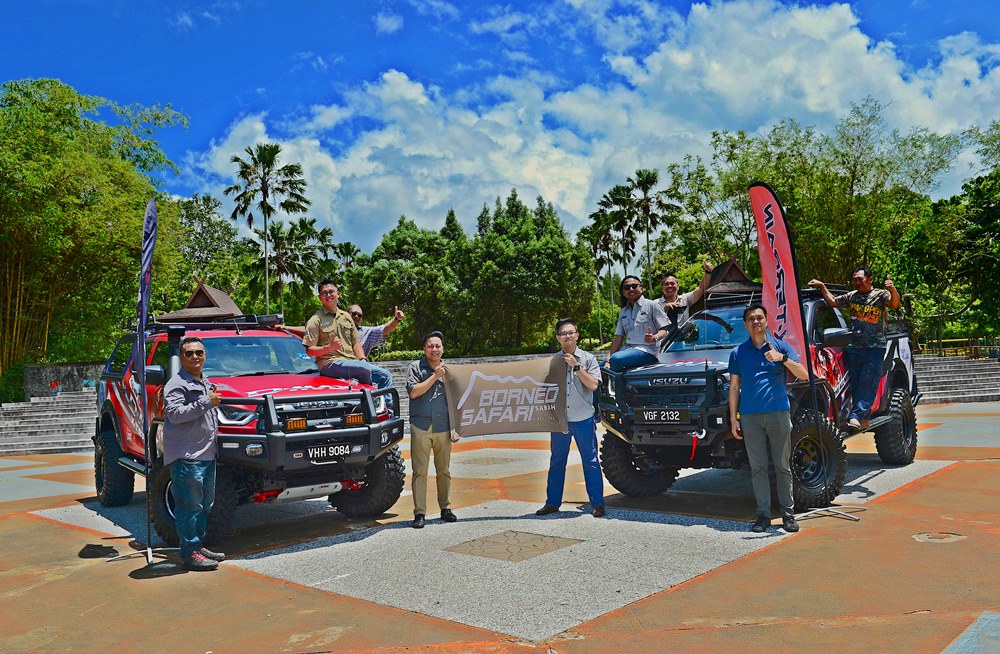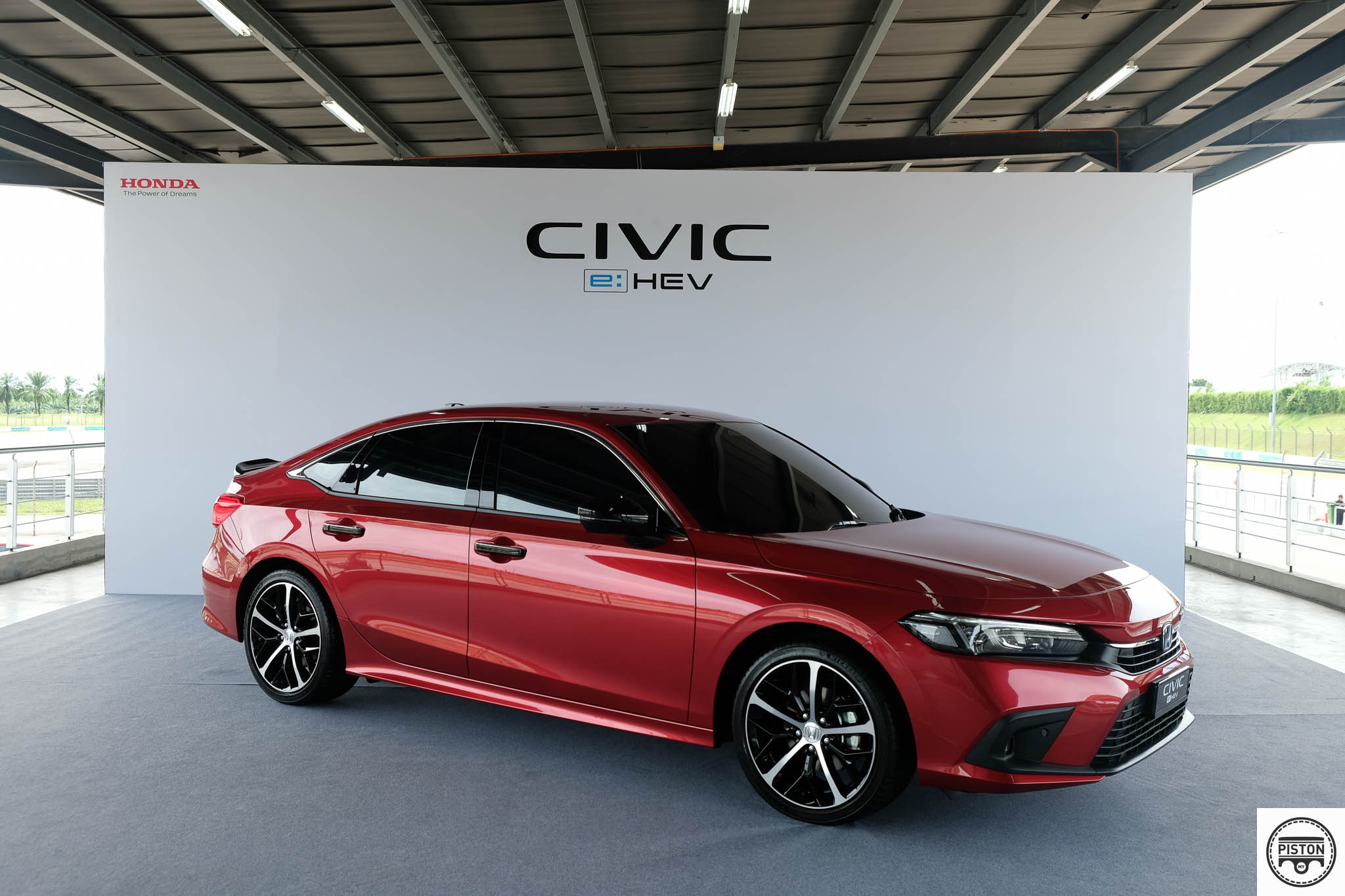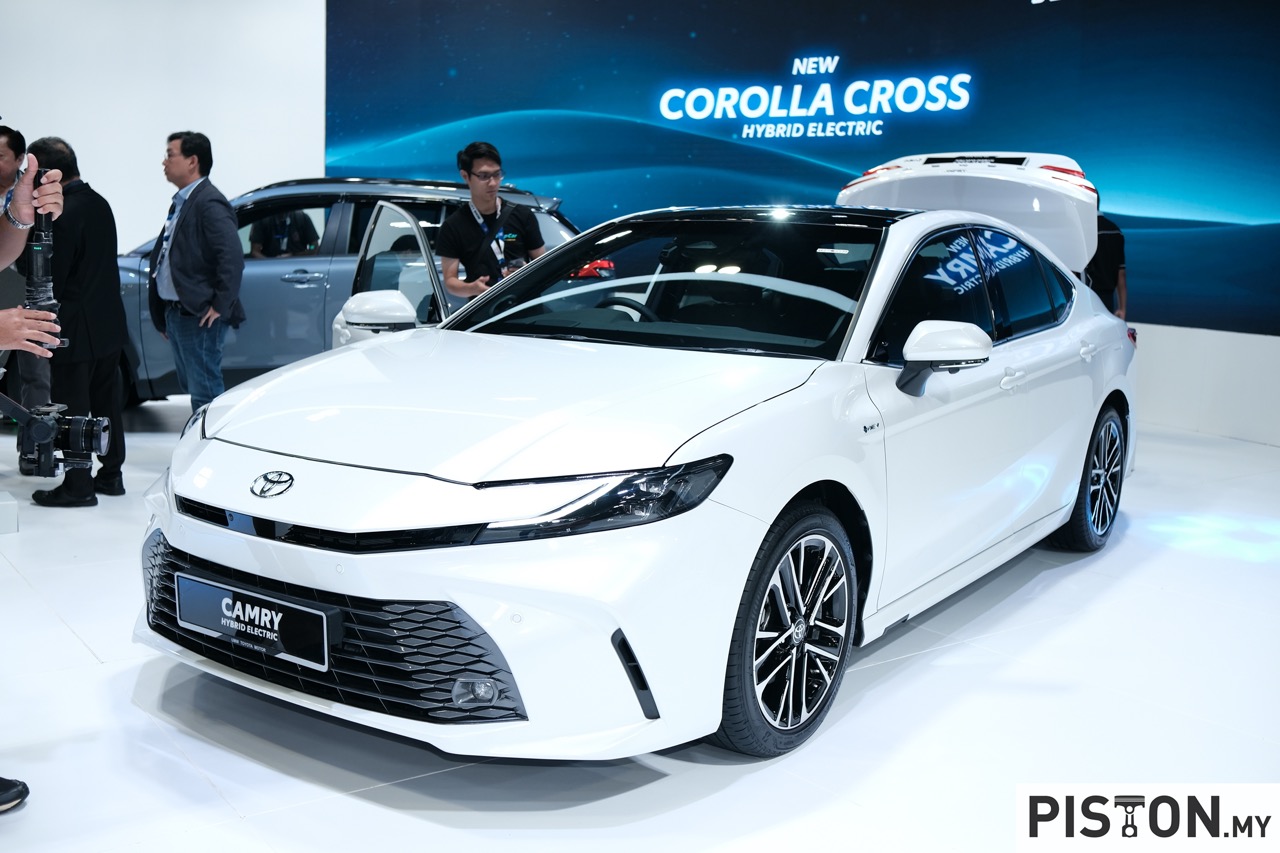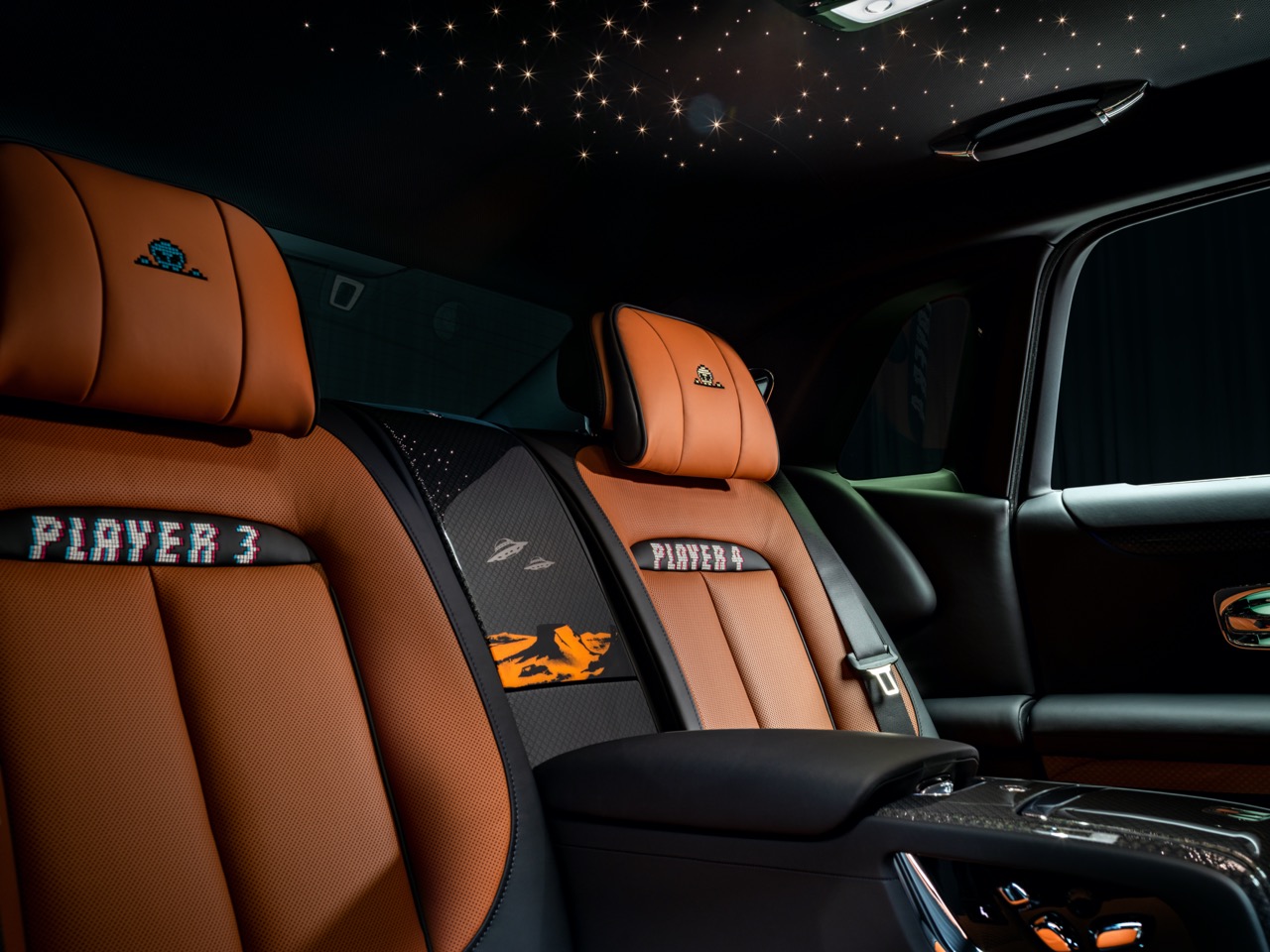It’s been a long journey for the 15th World Car of the Year Awards, with the Finals having been announced in India (at the Delhi Auto Show) in February when the Top 10 and Top Five finalists in 5 World Car Awards categories were announced.
With the ongoing COVID-19 pandemic, the announcement of the winners for the 2020 event took place online via digital media – perhaps a sign of how automotive events will be in future. For the 2020 World Car of the Year, Kia’s Telluride SUV was picked by the judging panel made up of jurors from around the world.
The Kia model, named after a city in the American state of Colorado is the largest model the carmaker has ever sold in that market. It is also manufactured there and according to data available, over 58,000 units were sold in 2019.

The winner was chosen from an initial entry list of 29 models from all over the world. They were selected and voted on by 86 prominent automotive journalists from 24 countries who formed the judging panel. Each juror was appointed by the World Car Steering Committee on the basis of his or her expertise, experience, credibility, and influence. The international accounting firm KPMG tabulated the jurors’ ballots.
Besides the Telluride, the winners in the other categories were:
World Car Design of the Year – Mazda3
World Performance Car – Porsche Taycan
World Luxury Car – Porsche Taycan
World Urban Car – Kia Soul EV
Of note is the sixth win for Porsche in the World Performance Car category, having previously won the category in 2017, 2014, 2013, 2012 and 2006. It is also the first award for Porsche in the World Luxury Car category.
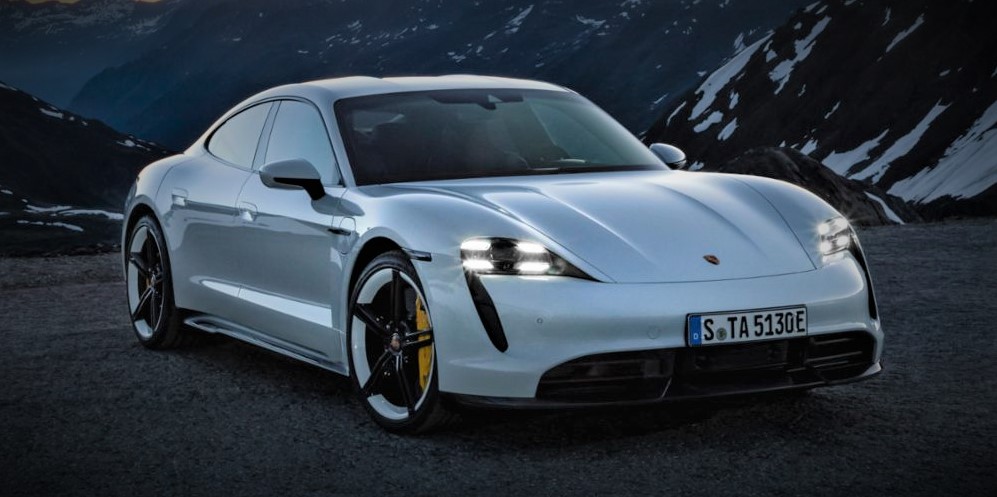
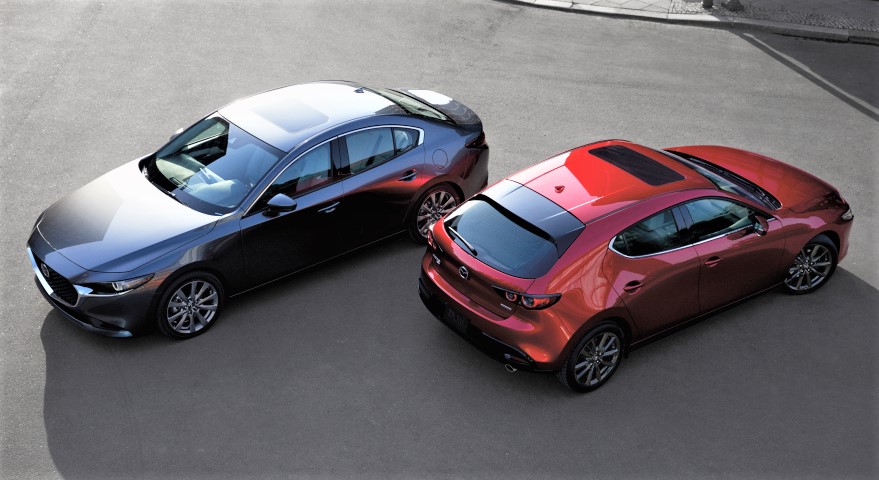
The World Car Design of the Year received by the Mazda3 is the Japanese carmaker’s fourth award in WCOTY. It joins the Mazda MX-5 and Mazda2, both having been overall winners in 2008 and 2016, respectively, with the MX-5 also winning the Design award in 2016.
The 2021 World Car Awards will be announced later in the year with a preliminary list of eligible vehicles for the event.
To date, Volkswagen has won the most overall awards (4) while Audi, which won the very first overall award in 2005 with its A6, has the most awards when including the other categories.
PREVIOUS OVERALL AWARD WINNERS
2019 – Jaguar I-PACE
2018 – Volvo XC60
2017 – Jaguar F-PACE
2016 – Mazda MX-5
2015 – Mercedes-Benz C-Class
2014 – Audi A3
2013 – Volkswagen Golf
2012 – Volkswagen UP!
2011 – Nissan LEAF
2010 – Volkswagen Polo
2009 – Volkswagen Golf 7
2008 – Mazda2
2007 – Lexus LS460
2006 – BMW 3-Series
2005 – Audi A6
Click here for the full list of winners in other categories







